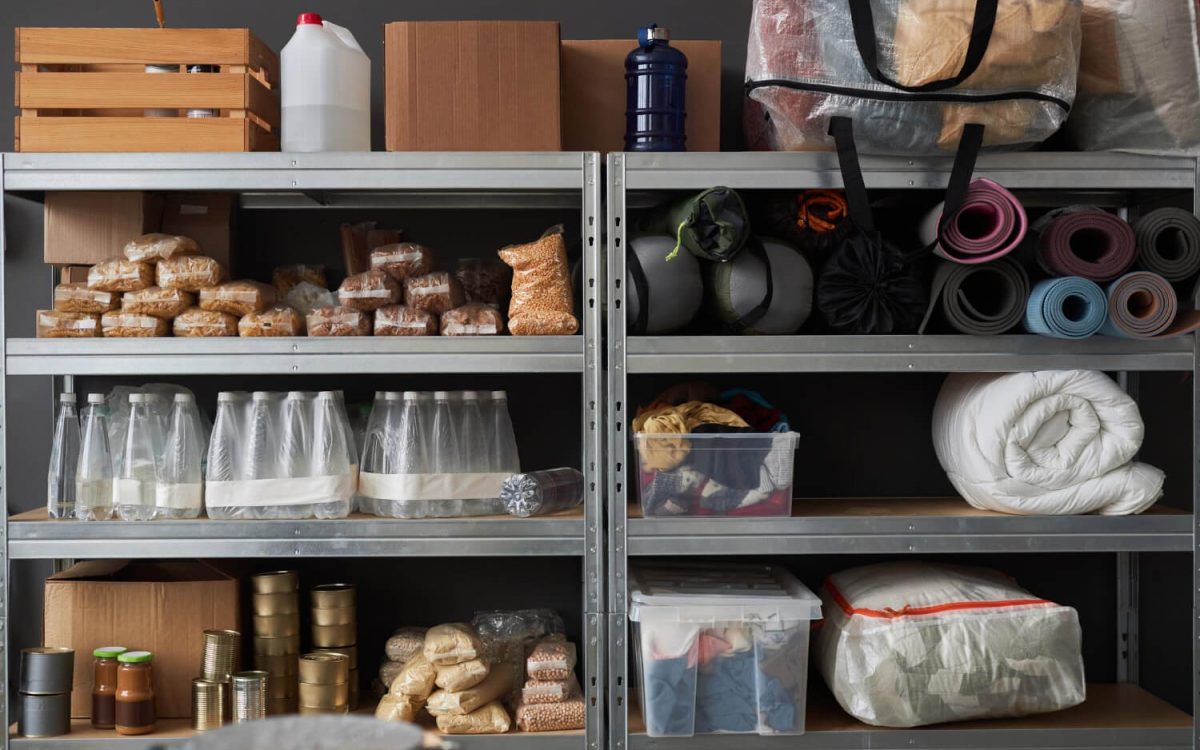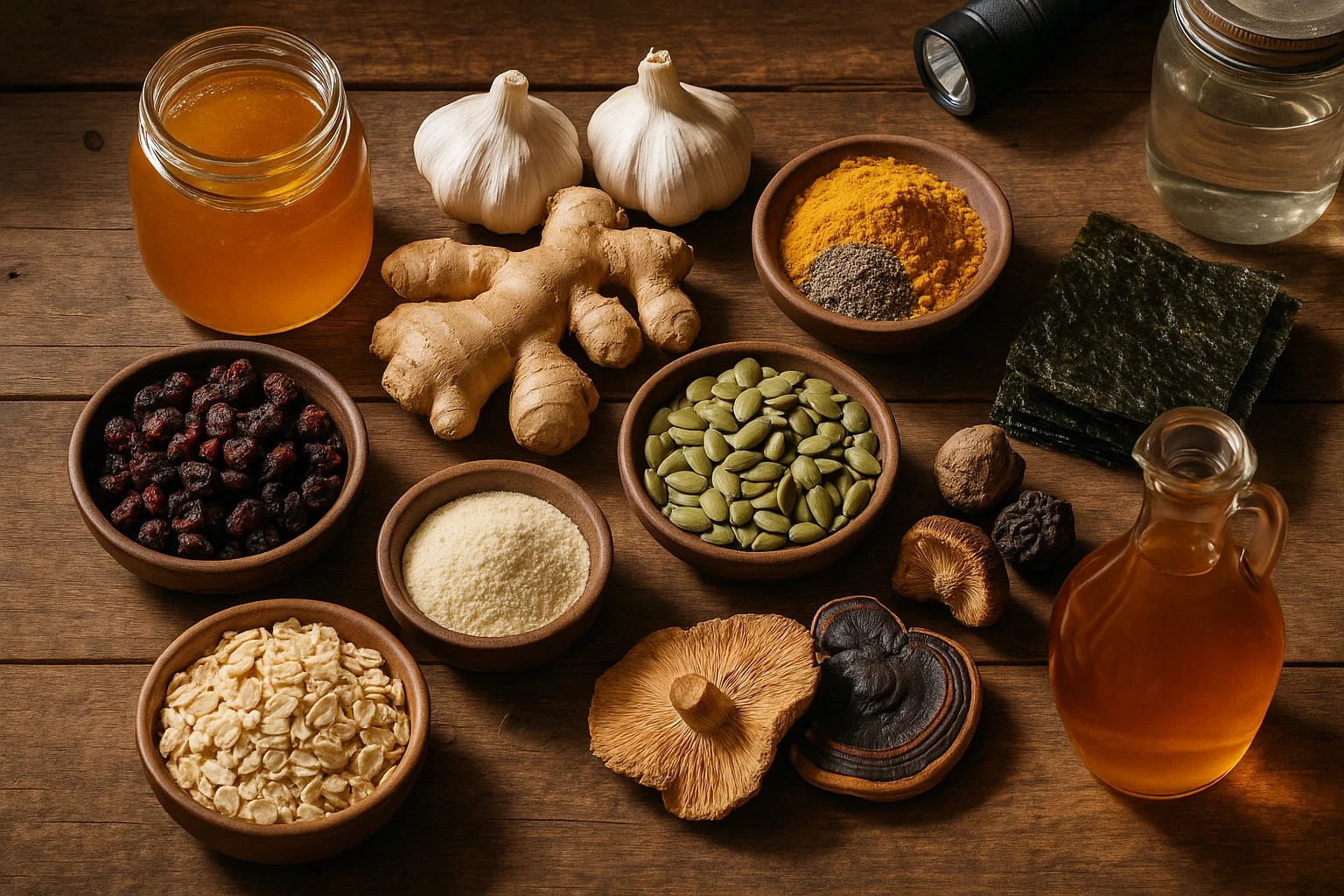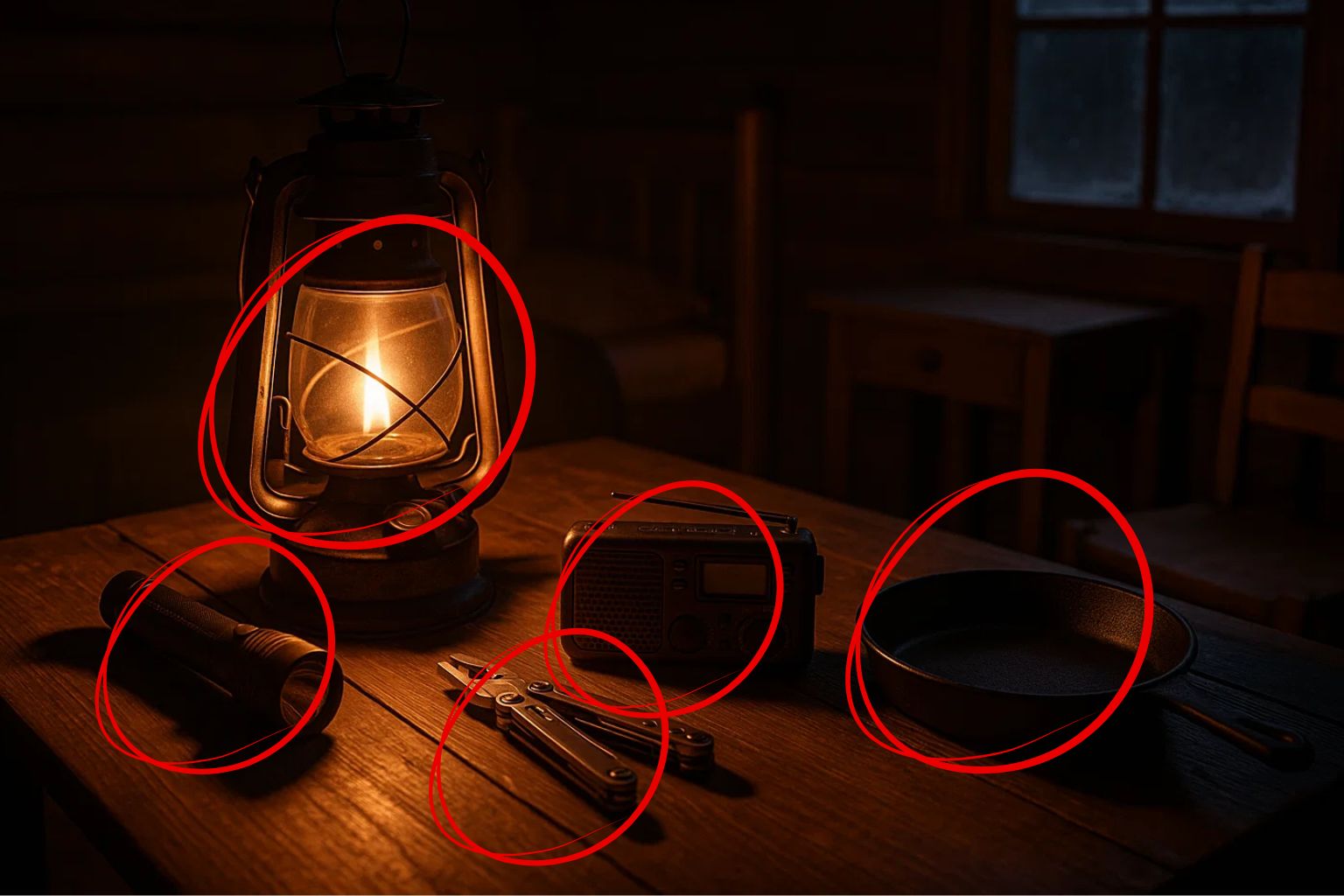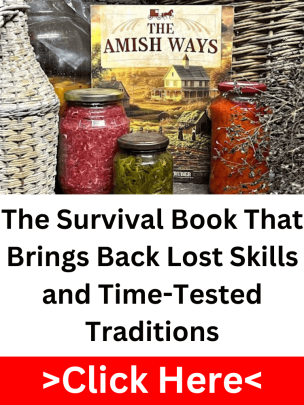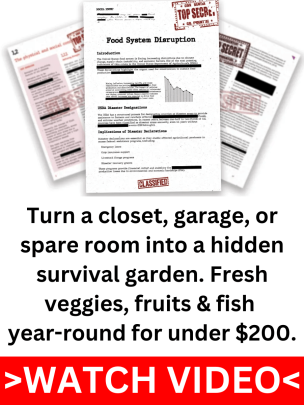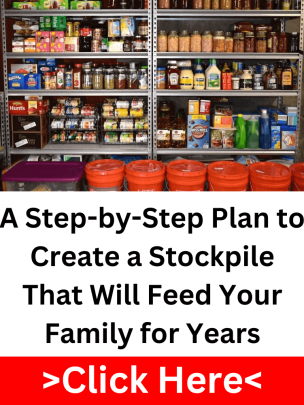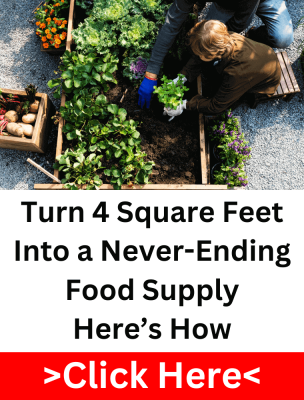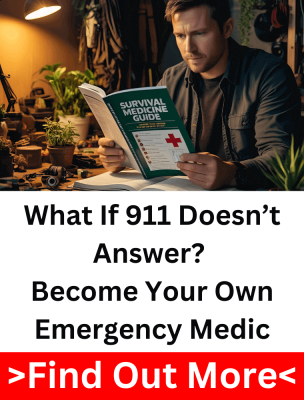There’s a big difference between having food in the house… and food that’ll get you through a crisis. Stocking up for real emergencies means thinking beyond what looks good on the shelf or what some flashy survival ad is pushing. It’s about building a survival food stockpile that’s practical, reliable, and ready when you need it, not just pretty packaging collecting dust.
A lot of folks end up wasting money on gimmicks, freeze-dried dinners they’ve never tasted, and bulk buckets filled with things they’d never eat. That’s not prepping. Real survival food is the stuff you already know how to use, the kind you’ll reach for without hesitation when the lights go out or the store’s been picked clean. It doesn’t need to be complicated, it just needs to work.
Stock What You’ll Eat
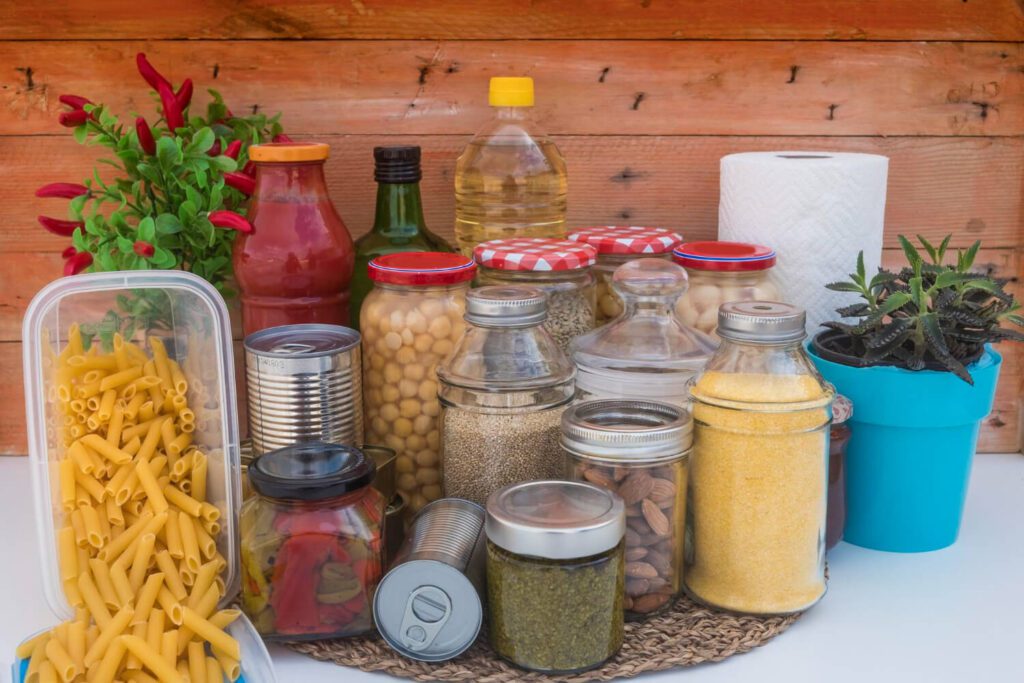
It’s easy to get caught up in the idea that survival food needs to be exotic or specially designed. Truth is, the best stuff to have on hand is the food you already eat. If you don’t eat lentils now, odds are you’re not going to suddenly crave them in the middle of a blackout. A solid survival food stockpile should reflect your everyday habits, just adjusted for shelf life and storage.
Food fatigue is real, and it hits harder than people think. When stress is high and routines are out the window, eating the same bland meal day after day can wear you down. That’s why variety matters, not just nutritionally, but mentally. Mix things up with shelf-stable proteins, canned soups you like, and pantry staples that give you options.
And don’t skip the comfort foods. Having a stash of coffee, chocolate, or even some powdered creamer can do wonders when everything else feels off. It’s not about luxury, it’s about morale. A familiar taste can bring a sense of normalcy, which is sometimes just as important as the calories themselves.
Long Shelf Life Without the Hype

When it comes to building a serious food reserve, shelf life is non-negotiable. You want staples that can sit quietly for years and still deliver when it matters. That’s why rice, beans, oats, canned vegetables, and canned meats remain at the top of the list. They’re not flashy, but they’re reliable. These are the backbone of any real long-term food storage plan, and they’re easy to use in meals you already know how to make.
Now, not all “shelf-stable” foods are created equal. Freeze-dried foods are lightweight and last the longest, often 20 to 25 years, but they require water and are usually more expensive. Dehydrated foods also have a decent lifespan, though not quite as long. Then you’ve got your standard pantry items like pasta, flour, or peanut butter, which won’t last decades, but can still give you a solid few years if stored right. A good survival food stockpile uses a mix, not just one type.
Storage matters just as much as what you’re storing. For dry goods like rice or flour, tossing them in a regular plastic container and calling it a day doesn’t cut it. Oxygen absorbers paired with mylar bags help keep air and moisture out, extending shelf life dramatically. For those who want to go the extra mile, sealing them in five-gallon buckets with mylar liners can protect against rodents and humidity, but skip the buckets if you’re not lining them. Otherwise, you’re just inviting spoilage.
Keep it practical. You don’t need a bunker full of food science experiments. You need simple, hearty items that last, and a storage setup that keeps them safe. Get that right, and you’re already ahead of 90% of the crowd.
Food That Doesn’t Rely on a Stove
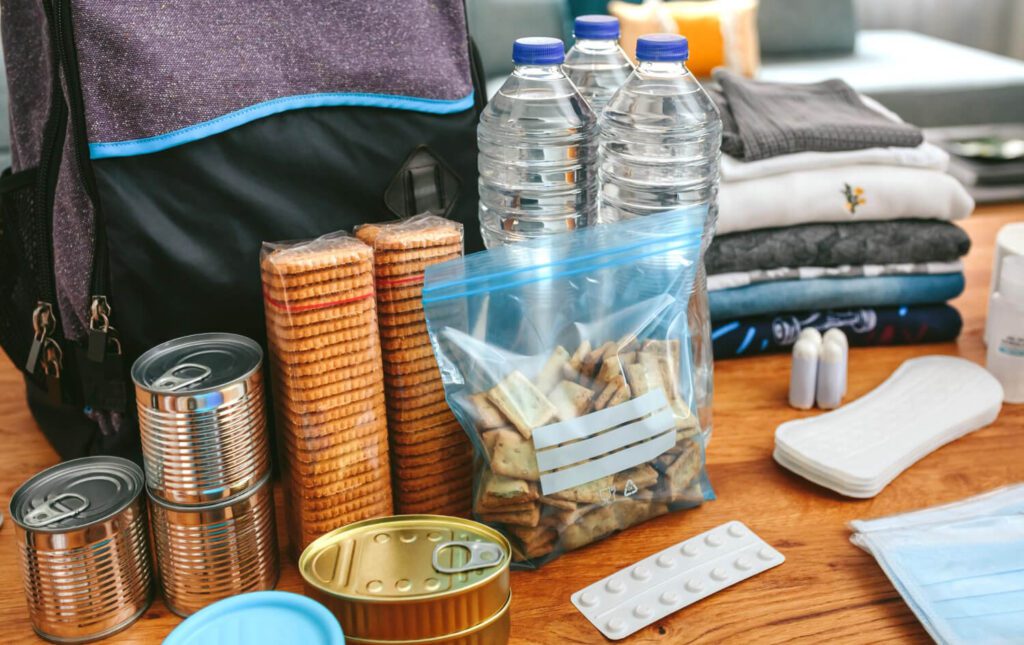
In a true emergency, there’s a good chance your stove won’t be an option. Whether it’s a power outage, a busted gas line, or you’re on the move, you’ll need foods that don’t require cooking. That’s why part of your emergency food storage should always include ready-to-eat items. Think peanut butter, canned chili or stew, tuna packets, and anything else you can crack open and eat cold if needed. It’s not gourmet, but it’ll keep you going when you can’t light a flame.
Items such as energy bars, jerky, dried fruit, and even vacuum-sealed packets of ready-to-eat meals can be very effective. You can eat them right out of the package, they take up little space, and they are simple to store. Having food that doesn’t require heat, water, or a lot of equipment is a huge help when you’re on fumes and unable to cook. Even though it might not seem like much right now, having a fast, hassle-free bite to eat might help you stay motivated and improve your attitude when you’re under pressure.
Don’t Forget the Flavor
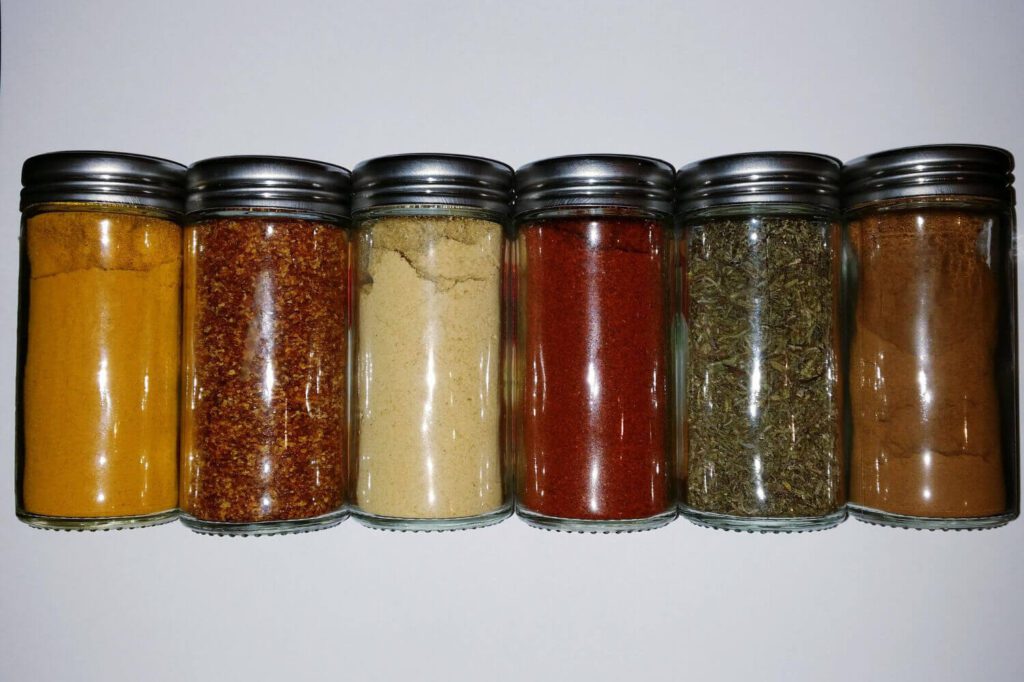
When you’re eating out of cans and bags for days on end, the flavor becomes a big deal, fast. Bland food wears you down over time, and in a high-stress situation, that can kill your appetite or your morale. That’s why it’s smart to stash a small lineup of spices and condiments in your prepper food supplies. You don’t need much, just enough to keep meals from feeling like a punishment.
Salt and pepper are a given, but a few extras go a long way. Hot sauce can wake up even the dullest rice and beans. Bouillon cubes can turn plain water and noodles into something closer to a meal. Garlic powder, onion flakes, maybe even some dried herbs, these tiny things take up almost no space, but they can make a world of difference when you’re deep into your stash and just need something that tastes like home.
Storage That Works
A lot of folks do the hard part, buying the food, then blowing it by sticking it in the worst place possible. Heat, light, and moisture are the fast track to spoiled goods. So if you’re piling cans in a hot garage or shoving dry goods into a shed that bakes all summer, you’re setting yourself up for a nasty surprise down the line. The right location matters more than people think.
Most people think they’re ready… until they try this: Think You’re Ready? This 60-Second Test Will Prove Otherwise
You want a cool, dark, and dry spot. That might be a basement, a back closet, or even under a bed. It doesn’t have to be fancy, just stable. Avoid temperature swings, direct sunlight, and anywhere with a risk of dampness or critters. These basic food storage tips will stretch the life of your supplies and protect the money and effort you’ve put into prepping.
And don’t overcomplicate rotation. Just use what you store, and store what you use. Mark dates, keep things organized by type or shelf life, and when you use something, replace it. No need for a spreadsheet or a color-coded bunker setup, just a simple, working system you can stick to.
There’s no need to panic, but there’s no reason to wait either. The best time to build your survival food stockpile was yesterday, the next best time is today. You don’t need to go broke or rush out and buy everything at once. Just start. One shelf. A few cans. A plan that makes sense for you and your situation.
The shelves have gone bare before, and they will again. But the folks who stay ahead of the curve are the ones who take steady, deliberate action before things get bad. You don’t have to be perfect, you just have to be ready. Start small, stay consistent, and in time, you’ll have something you can count on when it matters.

